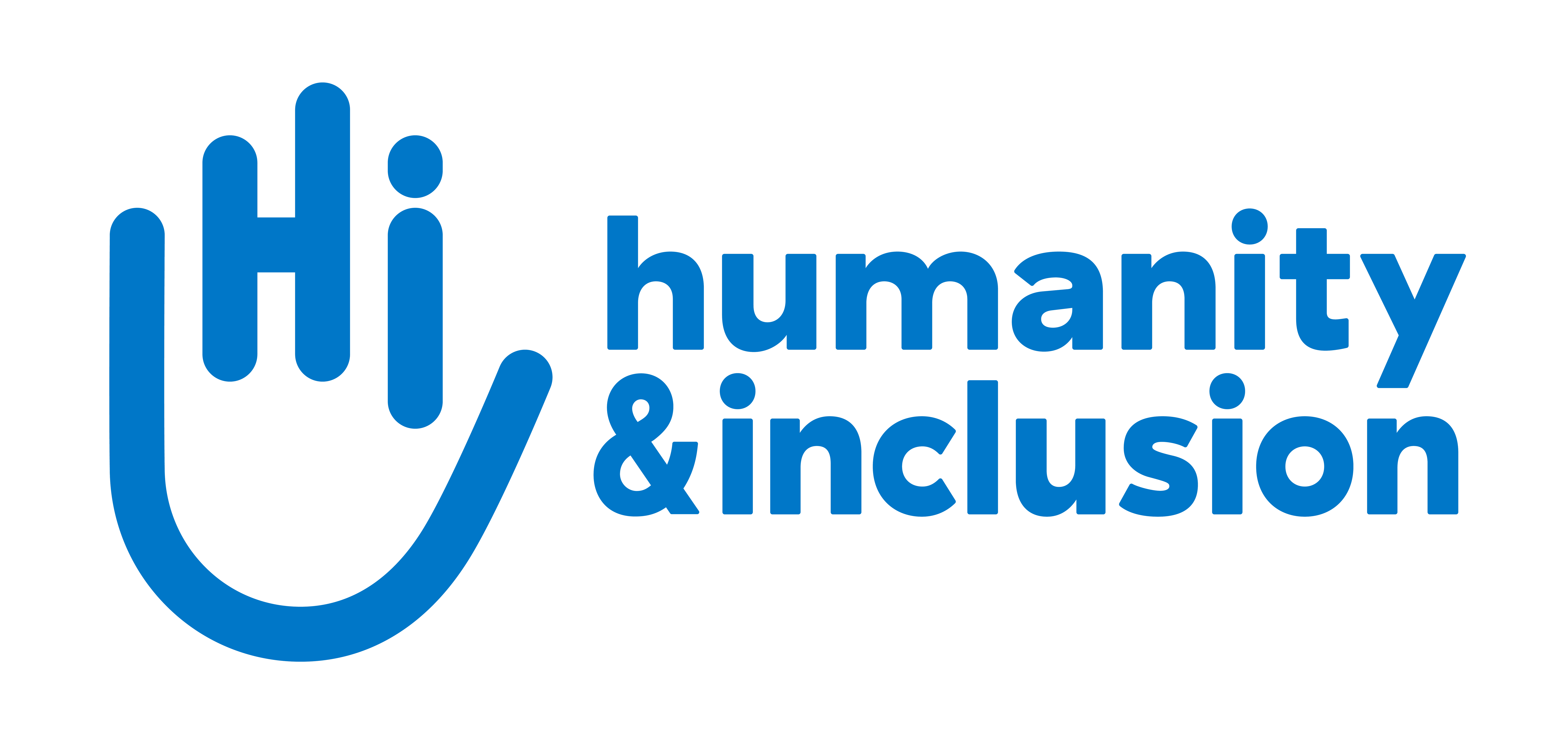Mozambique: Cyclone death toll tops 400, with many still isolated
Ten days after Cyclone Idai hit central Mozambique, communications with the town of Beira, where an HI team is weighing up its response to the disaster, remain unreliable.

After disaster in Beira, Mozambique, assesment in Beira. | © F.Renoux/HI
"As I arrived by plane, I saw that Ruzi district, just south of Beira, had been worse hit by floods than wind," says Fabrice Renoux, a project manager with HI’s Atlas Logistique division, sent to beef up HI’s team in Mozambique's second largest city.
“On the roadsides, you can see that many telephone poles have been twisted or brought down. Communication problems are making it difficult to coordinate assistance. From what I could see in Beira, most damage was uprooted trees, fallen branches and blown-off roofs. Building damage is due mainly to falling trees. A church was almost completely blown away by the cyclone. The roof had disappeared and part of the façade.” Throughout the city, people are working to repair damage done by the cyclone: “The local population is extremely resilient," explains Fabrice. “Many trees on the ground have been cut up. Large numbers of volunteers are searching the debris. But we still don’t know how people in rural areas have responded to the disaster.”
Clear secondary accessways
Ten days after the cyclone hit, at least 2,000 sq.km of land remains under water. More than 400 km of roads are reportedly still partially flooded, including one linking the port of Beira to Zimbabwe. Beira is the country's second largest port. Most goods supplied to neighbouring countries usually pass through it. These countries have also been hit by the cyclone. “Accessways to the port need to be repaired as soon as possible," adds Fabrice. “The airport is open again but it’s not enough to supply humanitarian aid.”
HI’s team thus plans to introduce clearance measures in Beira to open up accessways, by coordinating the work of clearance teams and skip lorries. This will make it possible to deliver humanitarian assistance to people made vulnerable by the disaster. "But it is also essential to clear secondary roads in order to help people in rural areas, and we’re looking into other modes of transport, such as barges, to deliver humanitarian assistance for aid organisations to still-flooded areas.”
On Saturday, the Mozambican authorities announced that the death toll had topped 400, with 1,500 people injured. This number is likely to rise as receding flood waters open up currently isolated areas. Crop destruction also poses a threat to the local population, which is no longer able to meet its basic needs. The risk of epidemics increases by the day due to poor hygiene and stagnant water.
HI is stepping up its deployment to help the most vulnerable people. The organisation plans to provide food aid to more than 12,000 families and hygiene kits to more than 500 families. HI’s teams will also ensure the most vulnerable people are included in emergency response.





